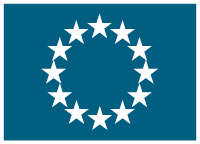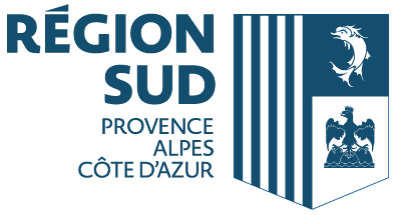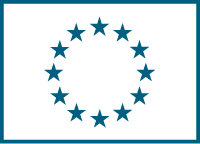Development of electrodes based on copper chalcogenide nanocrystals for photoelectrochemical energy conversion
(COCHALPEC)
Date du début: 1 juin 2013,
Date de fin: 31 mai 2015
PROJET
TERMINÉ
"Solar energy is renewable and abundant enough to meet the growing energy demand, but its variability limits the application. Direct storage in the form of a clean fuel, like hydrogen, would solve this problem.Photoelectrochemical (PEC) cells employ solar energy to split water molecules producing H2 and O2. Thin films of Cu2ZnSnS4 (CZTS) and ZnCuInS2 (ZCIS) have shown remarkable efficiencies in photovoltaics (PV) and preliminary promising results in PEC cells, but costly fabrication. Currently, much attention is being paid to the synthesis of nanocrystals (NCs) of these materials because of their low cost preparation and tunable optical and electrical properties just by controlling the nanometer dimensions of NCs and the composition of the particles, giving more versatility to meet the energetic requirements for water splitting. These new materials in the forefront of PV remain unexplored in water splitting PEC cells to date.In this project, we propose the fabrication of photoelectrodes based on CZTS and ZCIS NCs to perform the water splitting. First, the control over the size, shape and composition of these NCs will be demonstrated using inexpensive solution-based techniques. Next, two photoelectrode configurations (viz. sensitized metal oxide and 3D-arrays of NCs) will be pursued applying state of the art overlayers to improve the charge separation and the catalytic activity at the interface with water. Finally a PEC device will be assembled that demonstrates a 5% overall solar to hydrogen conversion efficiency. In this research we propose a bottom-up approach whereby the comprehensive analysis of the interfacial charge transfer will both contribute to the basic science of solar energy conversion systems and optimize the performance of very promising materials for direct solar to fuel energy conversion. Our approach will finally create a significant impact on the scientific and general European communities through the dissemination of the field and the results."
Accédez au prémier réseau pour la cooperation européenne
Se connecter
ou
Créer un compte
Pour accéder à toutes les informations disponibles
Coordinateur
ECOLE POLYTECHNIQUE FEDERALE DE LAUSANNE
€ 184 709,40- Kevin Sivula
- BATIMENT CE 3316 STATION 1 1015 LAUSANNE (Switzerland)
Details
- 100% € 184 709,40
-
 FP7-PEOPLE
FP7-PEOPLE
- Projet sur CORDIS platform



